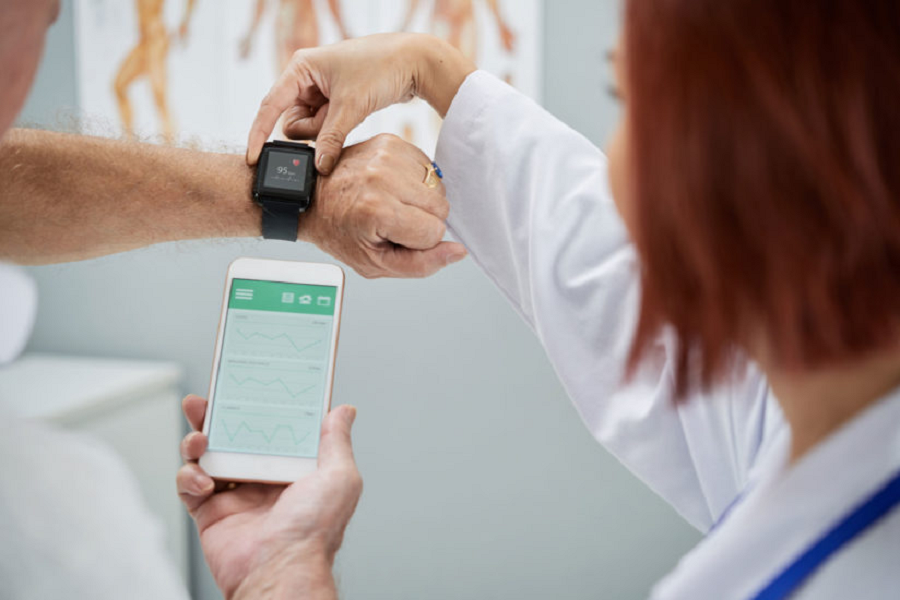There is a gradual shift of medical to a model that is based on outcomes. This is putting a lot of pressure on insurance companies and healthcare providers. Their margins are certainly getting squeezed, and they are also being asked to justify expensive treatments with hard data, facts, and figures.
The results are becoming more important than the money that customers are ready to spend. However, with the healthcare monitoring system being what it is, the challenge lies in being able to have reliable data, and this is not easy.
In the traditional health care system, data is almost nonexistent. The doctors do make a note of the condition of the patients during their visits, appointments but these data are highly unorganized and are also very rare and not regularly available.
Lack of Information
Further, care providers also do not have the required information about the daily health of their patients and also feedback about their current status and activities. They may not be in a position to identify and look at trends that may indicate whether a problematic medical situation is developing.
The doctors, in most cases, have to depend heavily on the patient, and in many cases, the patients contact only when there is an emergency.
This may not always be possible. Deciding on the course of treatment in such emergencies without the right information pertaining to the condition of the patient would be akin to shooting in the air with your eyes tied.
The answer perhaps lies in making more efficient use of IoT to ensure that health care monitoring and patient monitoring happens more effectively and proactively.
The good thing is that a beginning may already have been made in this direction. If you take some time and follow the activities of firms and service providers like JDE Managed Services, you can be sure that there is a continuing focus on using IoT for such purposes.
While these are still early days, the right beginning has been made. We will have a look at a few avenues where IoT could help in improving the condition of health monitoring by making it more proactive than reactive.
They Could Help In Chronic Conditions
There are logical reasons to believe that IoT could help quite a bit in the monitoring of patients who suffer from chronic health conditions.
Regular monitoring of chronic patients and automatic transmission of data to healthcare providers and doctors could help to identify and nip potentially severe problems in the bud. For example, patients suffering from chronic hypertension would do well to have their blood pressures checked regularly on a daily basis.
The same is the case with patients who may be suffering from diabetes or high blood sugar. Regular reading of blood sugar levels may make all the difference between life and death. In such situations, having a reliable IoT technology that enables live transmission of data is extremely vital.
It Reduces Lag Time
There is no doubt that time is of paramount importance and criticality when doctors and healthcare providers treat patients.
Even a few minutes, delays could make a big difference. In such situations, having the best of IoT could make a huge difference, and it could set new benchmarks in speedy and efficient healthcare monitoring.
It could be done remotely provided the data and information is available with the doctors at the right time. There is a gradual shift towards high-speed 5G networks, and this will help the medical fraternity and also healthcare monitoring in more ways than one.
It could be the latest images pertaining to cardiology, radiology, and other such areas of specialization. When these are transmitted to doctor fast enough, they will be able to deal with the situation proactively instead of just beating around the push because of a lack of information and data.
It Could Help In Remote Surgery Also
Doctors will undoubtedly stand benefitted with these advanced analytics at their disposal. They will be able to have access to large volumes of patient data and come out with the line of treatment that is more scientific, based on the information, and therefore more reliable.
They also will be able to go in for remote surgeries in case of emergencies, and this will again make all the difference between living and dying.
Conclusion
There is no doubt that healthcare monitoring is in the cusp of a significant change, and the changes will come from new technologies in general and IoT in particular. The benefits and advantages are too obvious to be ignored.



